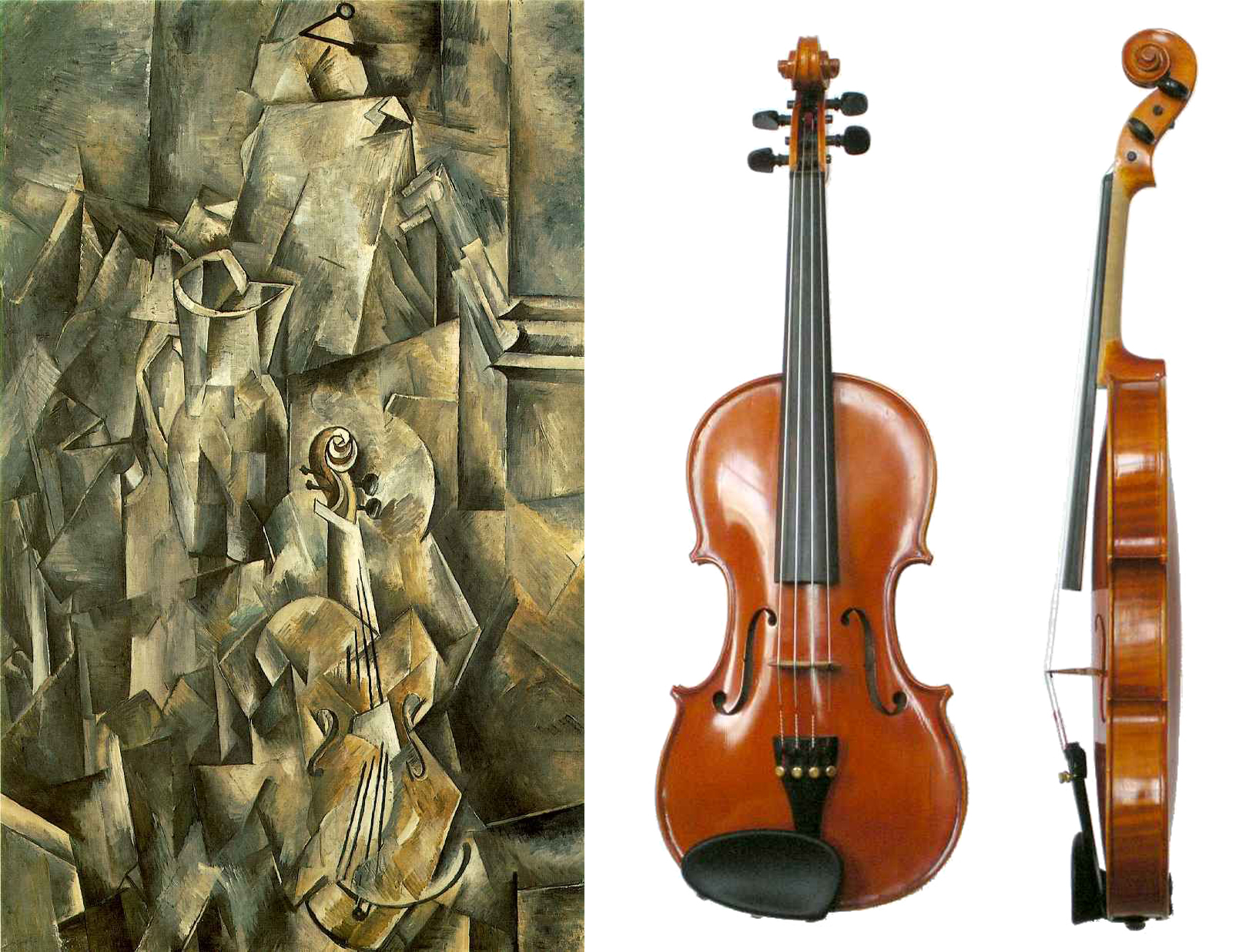What Is The Good Life? Exploring Different Perspectives

Table of Contents
The Hedonistic Perspective: Pleasure as the Ultimate Goal
Hedonism, at its core, posits that pleasure is the ultimate good and the primary goal of life. This philosophy, often associated with figures like Epicurus, suggests that "The Good Life" is one filled with sensual pleasure and the absence of pain. However, understanding hedonism requires nuance.
-
Epicureanism as a philosophical foundation for hedonistic approaches. Epicurus advocated for a balanced approach, emphasizing long-term pleasures over fleeting, short-term gratification. He believed that true happiness stemmed from cultivating friendships, pursuing knowledge, and living a virtuous life – all contributing to a lasting sense of well-being.
-
The distinction between short-term and long-term pleasures. While indulging in immediate pleasures like delicious food or enjoyable entertainment can certainly contribute to happiness, a purely hedonistic pursuit focusing solely on these short-term gains often falls short. Long-term pleasures, such as achieving a significant goal, building strong relationships, or mastering a skill, provide a more sustainable source of fulfillment.
-
Potential pitfalls of a purely hedonistic pursuit (e.g., addiction, emptiness). The pursuit of pleasure without consideration for balance or consequences can lead to detrimental outcomes. Addiction, for instance, demonstrates how the relentless pursuit of short-term gratification can ultimately lead to unhappiness and suffering. Similarly, a life solely focused on pleasure can leave one feeling empty and unfulfilled.
-
Modern interpretations of hedonism and its relevance to contemporary life. Modern interpretations of hedonism often incorporate elements of psychological well-being. The focus shifts from purely physical pleasures to a broader understanding of happiness encompassing mental and emotional contentment. This perspective acknowledges the importance of finding activities and experiences that bring genuine joy and satisfaction.
The Eudaimonic Perspective: Flourishing and Self-Realization
Aristotle's concept of eudaimonia offers a contrasting perspective on The Good Life. Eudaimonia translates roughly to "flourishing" or "living well," and it emphasizes the importance of virtue, purpose, and self-realization. It's not simply about feeling good; it's about living a life of excellence and fulfilling your potential.
-
Understanding eudaimonia as a state of flourishing and living a virtuous life. Achieving eudaimonia involves cultivating virtuous character traits like courage, justice, and wisdom. These virtues are not merely abstract ideals; they are practical skills that enable us to navigate life's challenges and achieve our goals.
-
The role of character development and ethical behavior in achieving eudaimonia. Ethical behavior and strong character are essential components of a flourishing life. Acting virtuously not only benefits others but also contributes to our own sense of self-worth and purpose.
-
Identifying personal strengths and pursuing activities aligned with one's values. Understanding your strengths and values is crucial for aligning your actions with your purpose. By engaging in activities that resonate with your deepest values, you are more likely to experience a sense of fulfillment and meaning.
-
The connection between purpose, meaning, and a fulfilling life. A life aligned with one's purpose and values is inherently more meaningful and fulfilling. This doesn't necessarily imply a grand, world-changing purpose; it can be as simple as contributing to your community, nurturing relationships, or mastering a skill you enjoy.
The Materialistic Perspective: Wealth and Possessions as Indicators of a Good Life
For many, wealth and material possessions are seen as key indicators of The Good Life. The materialistic perspective often equates happiness with financial success and the accumulation of luxury goods. However, this perspective also presents a critical examination of the relationship between wealth and well-being.
-
The correlation (or lack thereof) between wealth and happiness. While a certain level of financial security is essential for well-being, research consistently demonstrates a weak correlation between wealth and happiness beyond a basic level of income. Once basic needs are met, the increase in happiness from accumulating more wealth diminishes significantly.
-
The potential downsides of materialism, including stress, anxiety, and dissatisfaction. The pursuit of material possessions often leads to increased stress, anxiety, and dissatisfaction. The constant striving for more can leave one feeling perpetually unfulfilled, fueling a cycle of consumerism that rarely leads to lasting happiness.
-
The importance of financial security versus excessive accumulation of wealth. Financial security provides a foundation for well-being, reducing stress and anxiety related to basic needs. However, excessive accumulation of wealth often comes at the cost of other valuable aspects of life, such as relationships, health, and personal fulfillment.
-
Exploring alternative perspectives that prioritize experiences over material possessions. A growing body of research suggests that experiences, rather than material possessions, contribute more significantly to long-term happiness. Investing in travel, education, or meaningful relationships can lead to more lasting feelings of satisfaction and fulfillment.
The Spiritual Perspective: Finding Meaning Beyond Materiality
Many find meaning and purpose in spiritual practices and beliefs, viewing spirituality as a cornerstone of The Good Life. This perspective transcends material pursuits, focusing on inner peace, connection, and a sense of belonging.
-
The role of faith and belief systems in providing meaning and purpose. For many, faith offers a framework for understanding life's purpose and provides solace during challenging times. Religious or spiritual communities offer a sense of belonging and shared values.
-
The benefits of mindfulness and meditation for well-being. Mindfulness and meditation practices help cultivate inner peace and emotional regulation, reducing stress and anxiety. These practices enhance self-awareness and foster a greater appreciation for the present moment.
-
The importance of connecting with a community and contributing to something larger than oneself. Contributing to something larger than oneself, whether through volunteering, activism, or simply acts of kindness, can foster a sense of purpose and connection. Engaging with a community provides a sense of belonging and shared identity.
-
Cultivating inner peace and contentment through spiritual practices. Various spiritual practices, including prayer, meditation, and yoga, contribute to inner peace and contentment. These practices help individuals cultivate a more positive and resilient mindset.
Conclusion
This exploration of different perspectives on "The Good Life" reveals that there is no single, universally accepted definition. Hedonism, eudaimonia, materialism, and spirituality all offer unique insights into the pursuit of happiness and fulfillment. Ultimately, defining "The Good Life" is a deeply personal journey. By considering these different perspectives and reflecting on your own values and aspirations, you can begin to cultivate a life rich in meaning, purpose, and well-being. Start your journey towards defining your version of The Good Life today.

Featured Posts
-
 Foire Au Jambon Bayonne 2025 Le Maire S Interroge Sur Le Deficit Et Les Couts Exorbitants
May 31, 2025
Foire Au Jambon Bayonne 2025 Le Maire S Interroge Sur Le Deficit Et Les Couts Exorbitants
May 31, 2025 -
 Experience Authentic Italian Staten Islands Nonna Style Restaurants
May 31, 2025
Experience Authentic Italian Staten Islands Nonna Style Restaurants
May 31, 2025 -
 Concerning Increase In Covid 19 Infections Linked To New Variant
May 31, 2025
Concerning Increase In Covid 19 Infections Linked To New Variant
May 31, 2025 -
 How To Watch Giro D Italia Online For Free A Complete Guide
May 31, 2025
How To Watch Giro D Italia Online For Free A Complete Guide
May 31, 2025 -
 Trumps Always With Us Message Upcoming Press Conference With Musk
May 31, 2025
Trumps Always With Us Message Upcoming Press Conference With Musk
May 31, 2025
